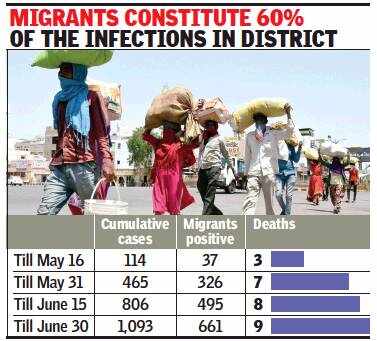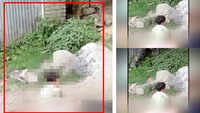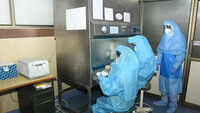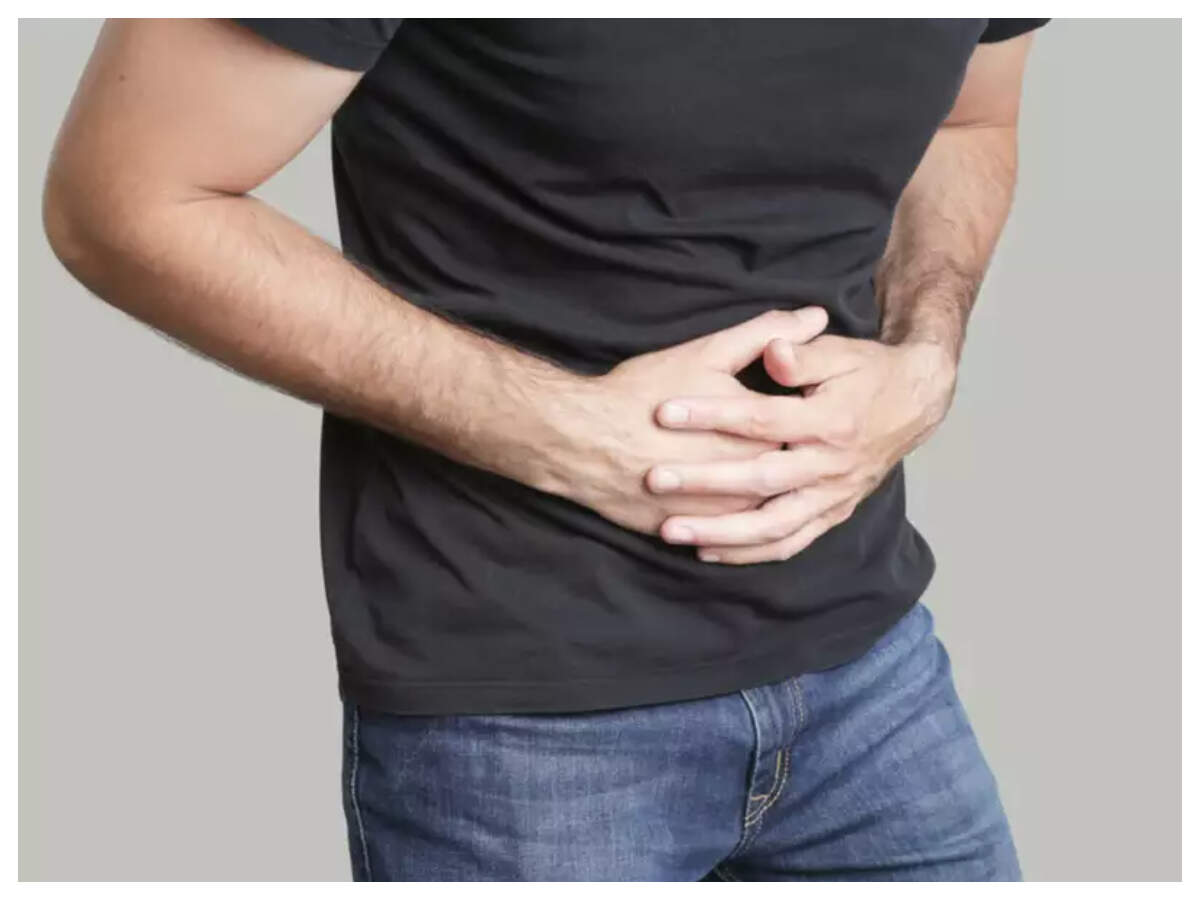
JAIPUR: Migrants testing positive for Covid after reaching their homes has not ended yet. In the past 15 days, Pali district, which has a huge population of workers employed in Gujarat and Maharashtra, has seen 166 more migrants testing positive.
Pali tops the list of districts having the highest number of migrants testing positive. It is the fourth district in the state reporting more than 1,000 Covid-19 cases following Jaipur, Jodhpur and Bharatpur.

Pali has a population of 24 lakh people and out of those two lakhs are migrants who returned to their homes. Effective monitoring of migrants in the district has prevented Covid-19 deaths as the mortality rate due to the virus is just above 1%, while the state’s figure is 2.3%.
Health department officials are still busy in monitoring the health of migrants. “The strategy which we have followed here is different. Majority of the migrants who reached Pali travelled by trains from Maharashtra and Gujarat. At the railway stations, we deployed buses. When the buses reach their destinations in rural Pali, we have our team reach to conduct their screening and tests. We kept records of each and every migrant, which is why, we managed to track them,” said Dr RP Mirdha, chief medical health officer, Pali.
The health department had to put a lot of effort while keeping a watch on the health of migrants. Out of 33,564 tests done in Pali, 22,577 were migrants. So far, 1,117 persons have been found infected, out of which 661 are migrants, which accounts for 59% of the total cases.
Almost every day, 700 people came travelling by trains. For their transportation from railway station Pali to their villages or blocks, the district administration deployed buses. For health department, it was a difficult task to conduct screening of 700 migrants at railway station as it was a time-taking process. Since each bus carry 65 to 70 migrants, the health department chalked out a strategy to conduct their screening and testing. When the bus reached its desitination at a village or block, the officials stationed it at a school or any other public places, where they conducted screening of all migrants and take samples of suspected cases. After taking the samples, they were allowed to go to their homes with a condition they will stay at their homes in isolation.
“If the test report showed negative, they remained in home quarantine for 14 days and if they tested positive, they were taken to hospital,” said Dr Mirdha, who claimed that with the strategy they managed to conduct screening of almost each and every migrant.
Pali tops the list of districts having the highest number of migrants testing positive. It is the fourth district in the state reporting more than 1,000 Covid-19 cases following Jaipur, Jodhpur and Bharatpur.

Pali has a population of 24 lakh people and out of those two lakhs are migrants who returned to their homes. Effective monitoring of migrants in the district has prevented Covid-19 deaths as the mortality rate due to the virus is just above 1%, while the state’s figure is 2.3%.
Health department officials are still busy in monitoring the health of migrants. “The strategy which we have followed here is different. Majority of the migrants who reached Pali travelled by trains from Maharashtra and Gujarat. At the railway stations, we deployed buses. When the buses reach their destinations in rural Pali, we have our team reach to conduct their screening and tests. We kept records of each and every migrant, which is why, we managed to track them,” said Dr RP Mirdha, chief medical health officer, Pali.
The health department had to put a lot of effort while keeping a watch on the health of migrants. Out of 33,564 tests done in Pali, 22,577 were migrants. So far, 1,117 persons have been found infected, out of which 661 are migrants, which accounts for 59% of the total cases.
Almost every day, 700 people came travelling by trains. For their transportation from railway station Pali to their villages or blocks, the district administration deployed buses. For health department, it was a difficult task to conduct screening of 700 migrants at railway station as it was a time-taking process. Since each bus carry 65 to 70 migrants, the health department chalked out a strategy to conduct their screening and testing. When the bus reached its desitination at a village or block, the officials stationed it at a school or any other public places, where they conducted screening of all migrants and take samples of suspected cases. After taking the samples, they were allowed to go to their homes with a condition they will stay at their homes in isolation.
“If the test report showed negative, they remained in home quarantine for 14 days and if they tested positive, they were taken to hospital,” said Dr Mirdha, who claimed that with the strategy they managed to conduct screening of almost each and every migrant.

Coronavirus outbreak
Trending Topics
LATEST VIDEOS
City
 Heartbreaking: Child weeps over body of grandfather killed in cross-firing in Kashmir
Heartbreaking: Child weeps over body of grandfather killed in cross-firing in Kashmir  Blast in NLC thermal power station in Tamil Nadu’s Neyveli, six workers killed, several injured
Blast in NLC thermal power station in Tamil Nadu’s Neyveli, six workers killed, several injured  Why Bengaluru’s lauded model to fight Covid-19 is suddenly unravelling
Why Bengaluru’s lauded model to fight Covid-19 is suddenly unravelling  West Bengal BJP state president Dilip Ghosh allegedly attacked by miscreants during morning walk
West Bengal BJP state president Dilip Ghosh allegedly attacked by miscreants during morning walk
More from TOI
Navbharat Times
Featured Today in Travel
Quick Links
Kerala Coronavirus Helpline NumberHaryana Coronavirus Helpline NumberUP Coronavirus Helpline NumberBareilly NewsBhopal NewsCoronavirus in DelhiCoronavirus in HyderabadCoronavirus in IndiaCoronavirus symptomsCoronavirusRajasthan Coronavirus Helpline NumberAditya ThackerayShiv SenaFire in MumbaiAP Coronavirus Helpline NumberArvind KejriwalJammu Kashmir Coronavirus Helpline NumberSrinagar encounter
Get the app





